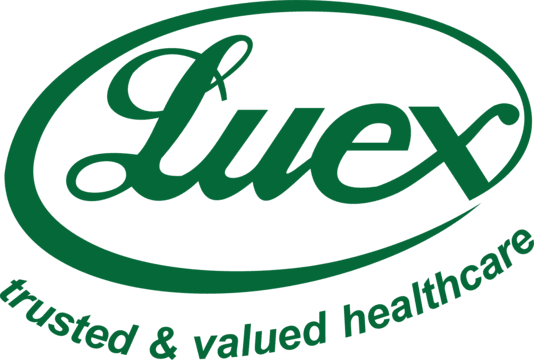Anti-Glaucoma

Glaucoma drugs are used to lower intraocular pressure (IOP) in the eye to prevent damage to the optic nerve and vision loss associated with glaucoma. Glaucoma is a group of eye conditions characterized by increased intraocular pressure, which can lead to progressive optic nerve damage and vision loss. The treatment for glaucoma aims to reduce IOP to levels that minimize the risk of optic nerve damage.
Uses of Anti-Glaucoma Drugs
used for the long-term management of chronic conditions like open-angle glaucoma and ocular hypertension. Regular use and adherence to the prescribed regimen are crucial for controlling IOP and preventing optic nerve damage.
Acute Management: Some medications are used for short-term control or to manage spikes in IOP, such as after surgical procedures or in acute glaucoma attacks.
Side Effects Management: Patients should be monitored for side effects, and medications should be adjusted as needed. Some side effects may be transient, while others may require discontinuation or switching to alternative treatments.
Combination Therapy: Often, a combination of medications is used to achieve better control of IOP when single agents are insufficient. This approach can help reduce the risk of side effects from high doses of a single medication.
Side Effects
Ocular Side Effects: These can include eye irritation, redness, dryness, and changes in eye color or lash growth, depending on the medication.
Systemic Side Effects: Some medications, especially those with systemic absorption like beta blockers, can cause systemic effects such as bradycardia, hypotension, and respiratory issues.
Drug Interactions: Certain glaucoma medications can interact with other drugs, potentially affecting their efficacy or increasing side effects. For example, beta blockers may interact with other cardiovascular drugs.
Adherence Issues: Proper adherence to the medication regimen is crucial for managing glaucoma effectively. Inconsistent use or discontinuation of medications can lead to uncontrolled IOP and progression of the disease.
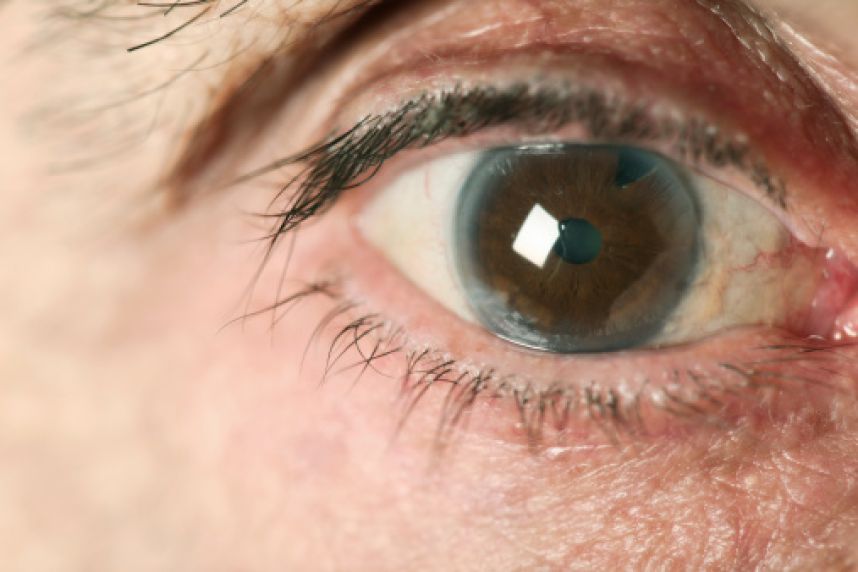
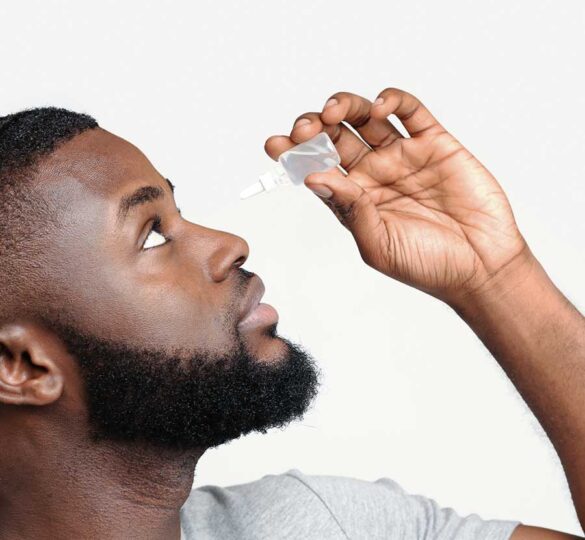


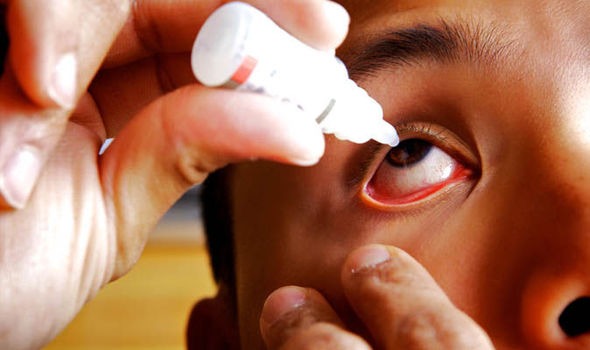


Prostaglandin Analogs
These drugs increase the outflow of aqueous humor (the fluid in the eye) through the uveoscleral pathway, thus lowering IOP.
Beta Blockers
These drugs reduce the production of aqueous humor by the ciliary body, thereby lowering IOP.
Alpha Agonists
These drugs both reduce aqueous humor production and increase its outflow.
Download Brochure
Get access to our comprehensive guide to our Glaucoma catalogue.
Our Range of Glaucoma Drugs
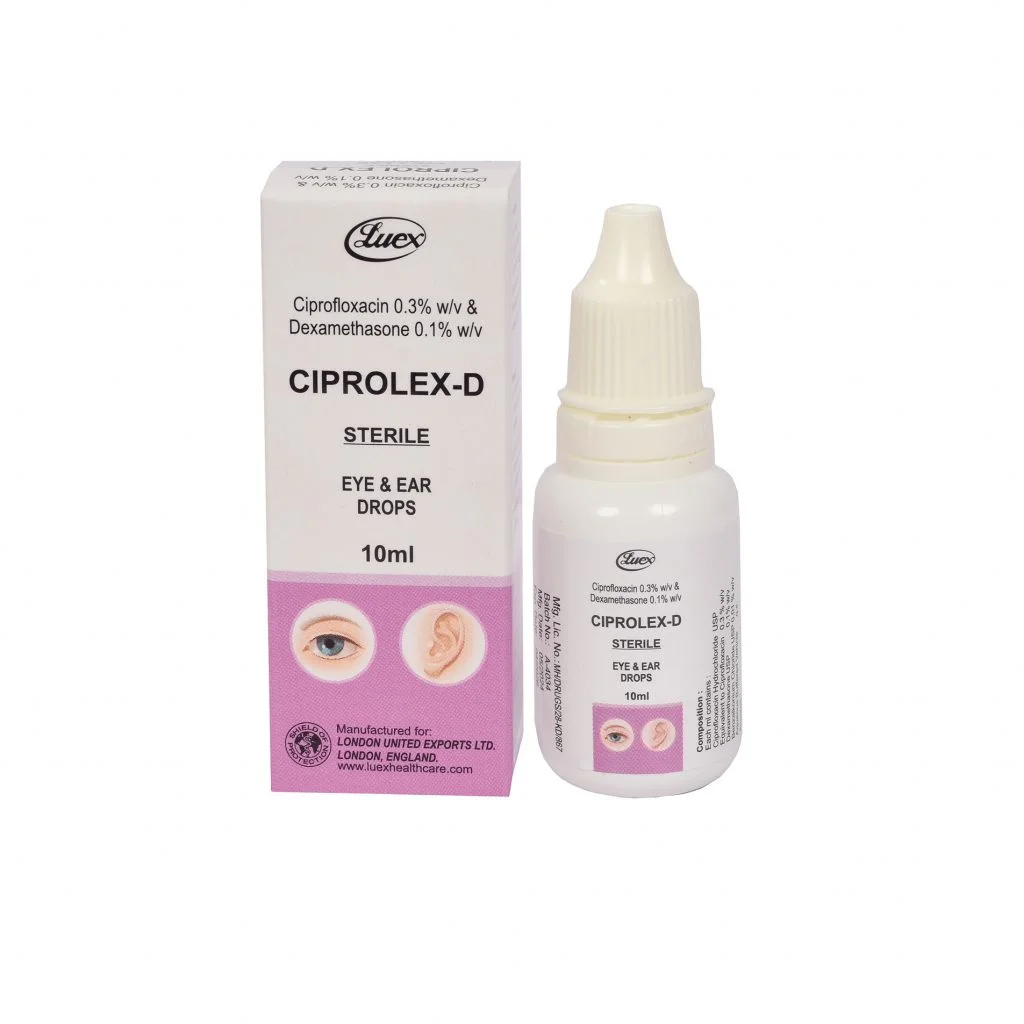
Ciprolex-D Drops
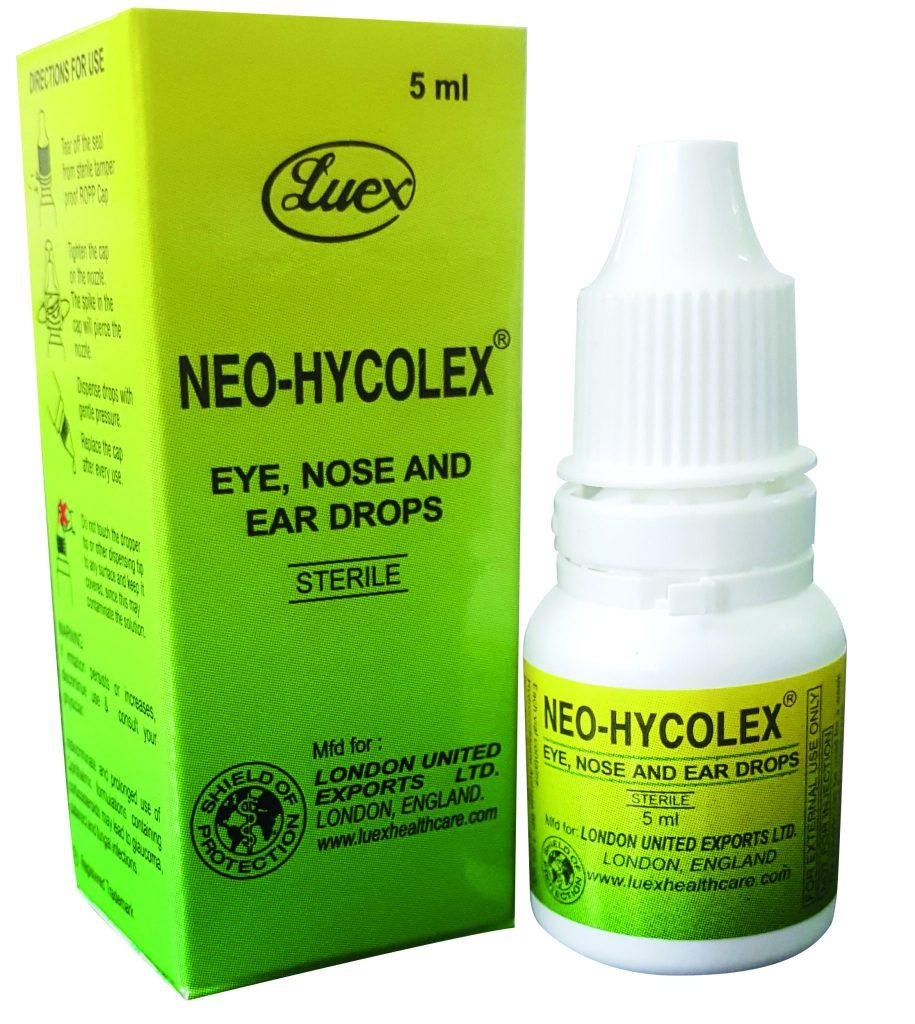
Neo-Hycolex Drops
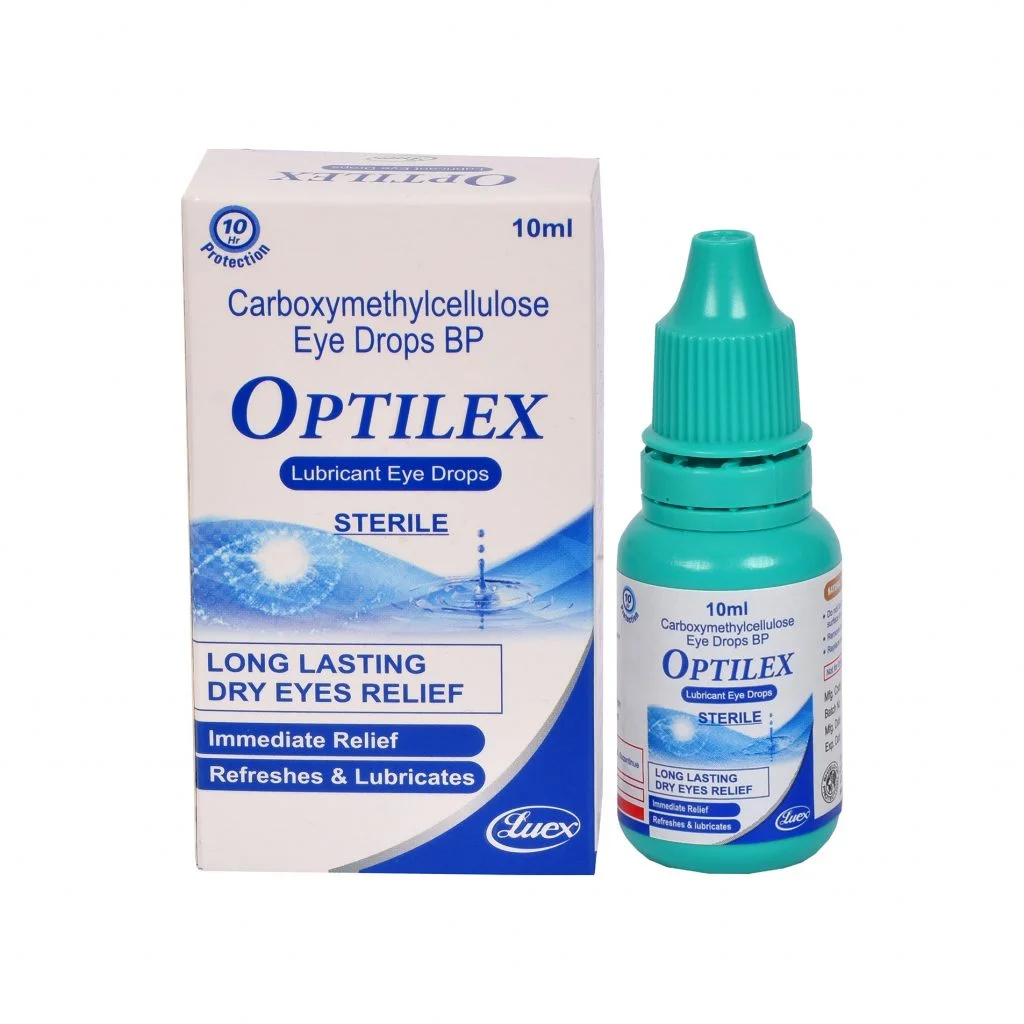
Optilex Eye Drops

Timolex Eye Drops
Fight Glaucoma The Effective Way
Bring happiness back to your life with our range of Glaucoma drugs
